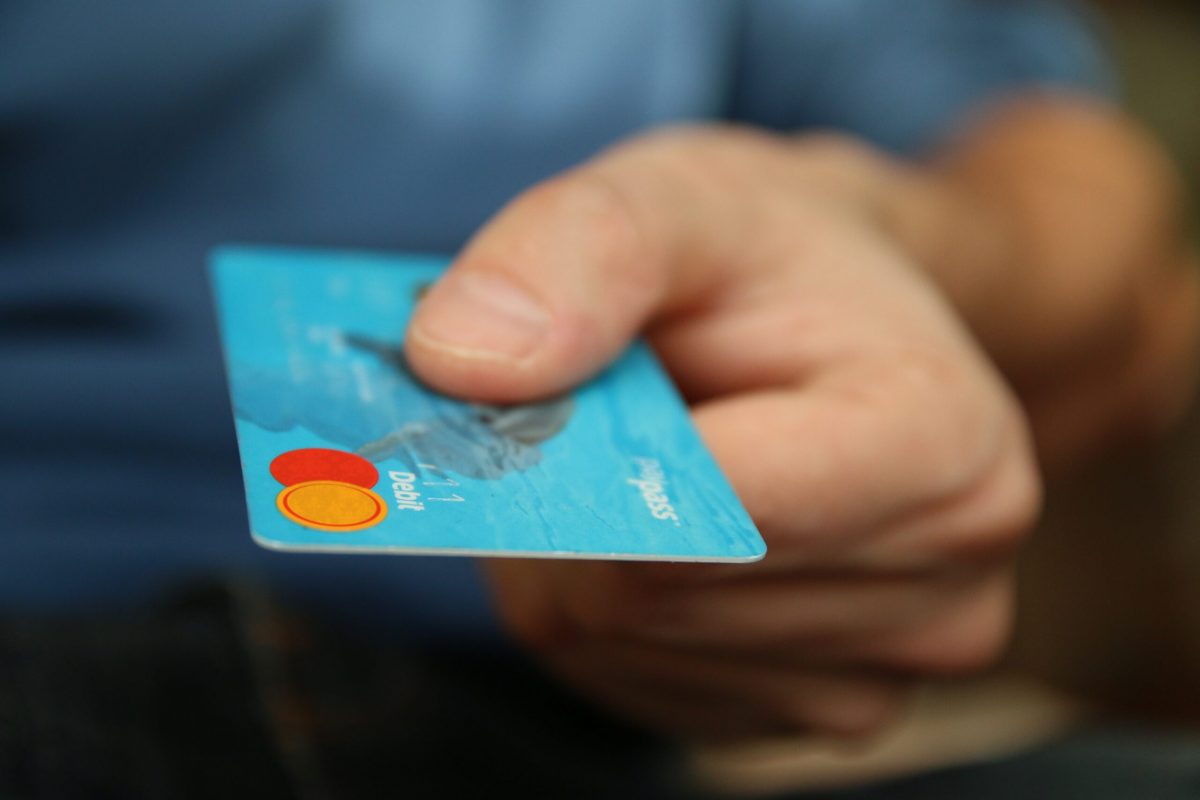2024 Annual Tax Planning & Strategy Guide We are pleased to announce the delivery of…

U.S. Government Sends Millions of Economic Impact Payments by Prepaid Debit Card
In May 2020, the IRS sent Economic Impact Payment (EIP) prepaid VISA debit cards to individuals who qualified for a stimulus payment under the Coronavirus Aid, Relief, and Economic Security (CARES) Act and didn’t receive a payment via direct deposit.
How is the card activated?
The Economic Impact Payment Card (EIP Card) arrives in a plain envelope from Money Network Cardholder Services, along with card information and instructions for its activation. Only one card is issued per household, and it must be activated by phone or online by the primary cardholder, who needs to create a 4-digit PIN to access the funds. Once a card is activated, it can be used immediately.
How can the card be used?
EIP Cards can be used to get cash, request a check, or make purchases anywhere VISA debit cards are accepted. Each time the card is used, the amount will be deducted from the balance until the funds are depleted. Balances can be checked for free online, by phone, or via the Money Network® Mobile App. Individuals who do not use all their money before the three-year expiration date embossed on the card can contact customer service to request a refund check for the remaining balance. Most of the transactions allowed under the card are free, although some fees may apply.
What if the card is lost or stolen?
If a card is lost, stolen, or even accidentally thrown away, individuals should immediately contact customer service at 1-800-240-8100. The card will be deactivated to prevent anyone from using it, and a replacement card can be ordered. The first replacement card is free and additional cards are $7.50.
For more information on Economic Impact Payment prepaid debit cards, visit EIPcard.com.
We’re Here to Help
Questions? Email us at [email protected]
For disclaimer, please follow our link below:
https://www.peakeadvisors.com/site/wp-content/uploads/2019/05/Compliance-Social-Media-Disclaimer.pdf

